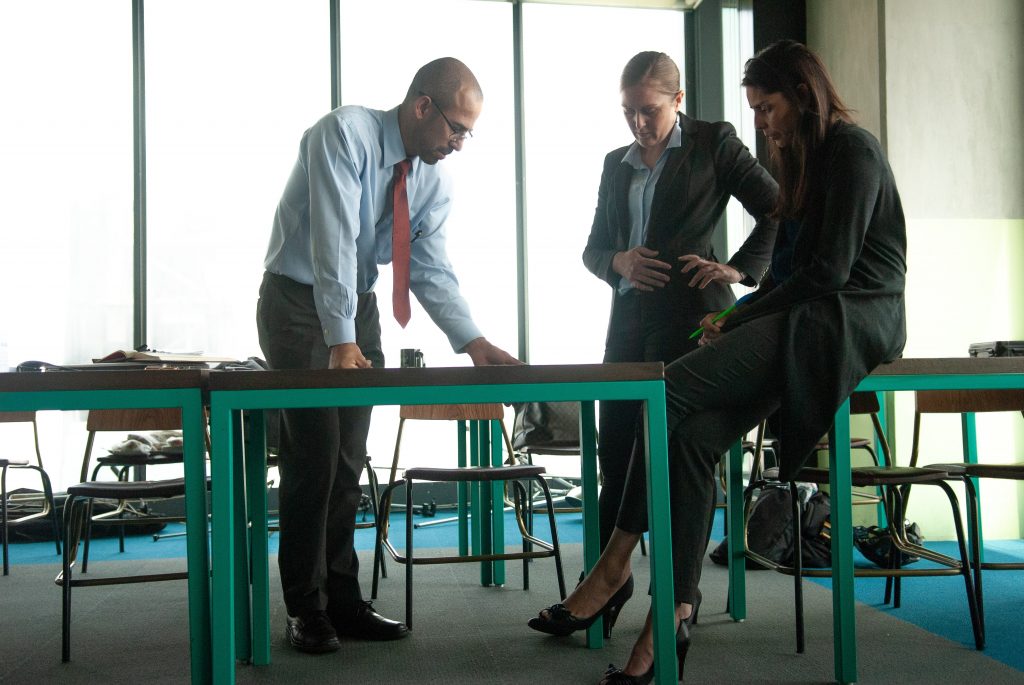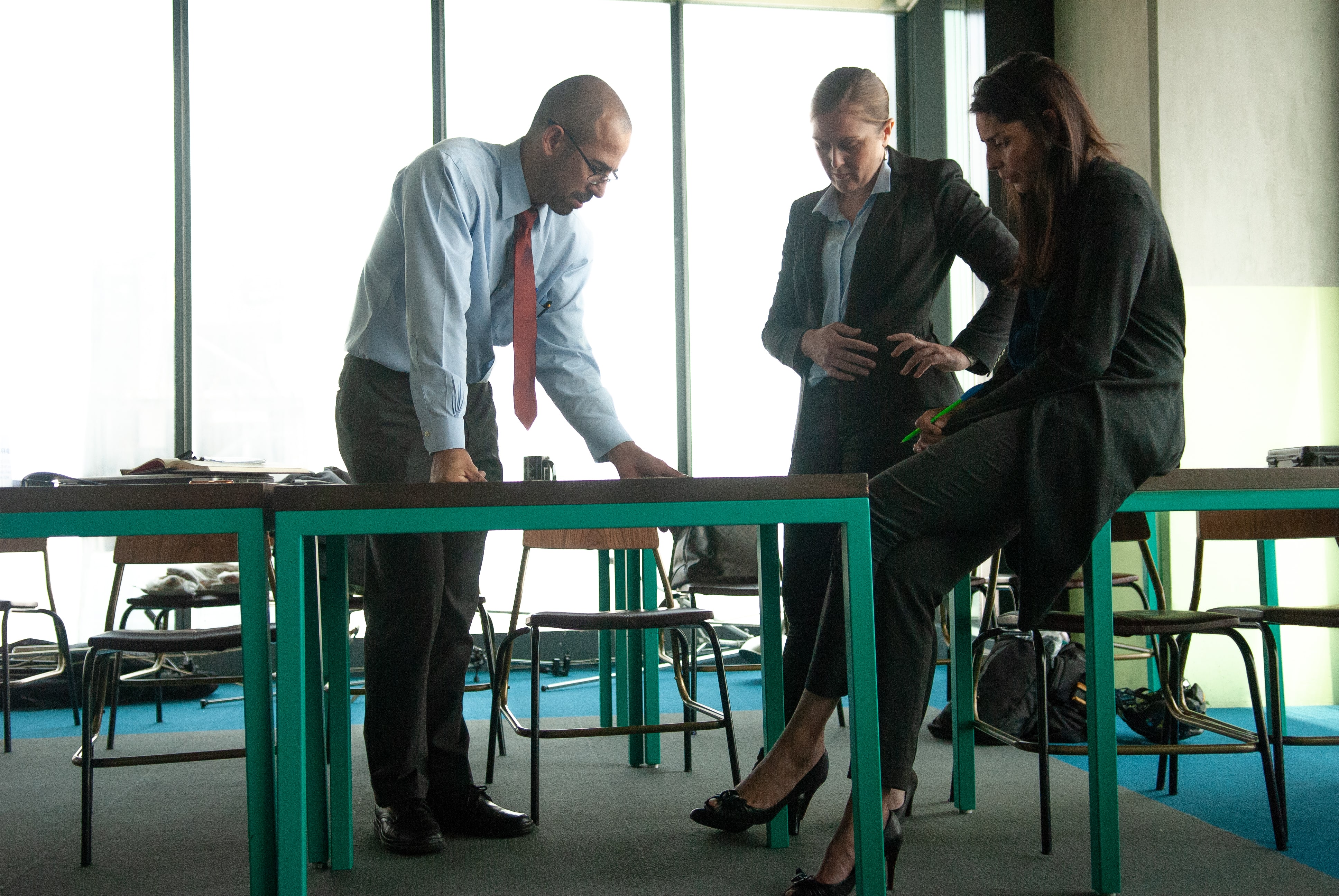Elections, trade negotiations, and shifting global relationships keep Mexico and the rest of Latin America in a constant state of change. So how can businesses find workable, sustainable ways to effectively manage these tectonic shifts?

Outdated Change Management Processes
Change Management is not a new concept, but to this day only one in three change programs actually work. This has been the case since 1996, when John Kotter, Konosuke Matsushita Professor of Leadership, Emeritus, at the Harvard Business School, published research determining that only 30% of change management efforts are successful.
In his seminal work Leading Change, Kotter laid out his 8-Step Model for Effective Change. Those steps are: establish a sense of urgency, create a guiding coalition, develop a change vision, communicate the vision for buy-in, empower broad-based action, generate short-term wins, never let up, and incorporate changes into the culture.
Later, underlining his belief in the importance of storytelling, Kotter published a business fable. It’s about a colony of penguins that have to shift home urgently. Our Iceberg is Melting illustrates each of the 8-Steps-for-Change through a context of fear and resistance to change. It’s a useful tool to conceptualize change strategies with new leaders.
Today, despite the corporate world employing
The New World of Change Management
In this fast-paced age of digital disruption, change is less likely to be a clearly definable and foreseeable event, nor is it likely to be initiated by a closed management group, or cascaded down a fixed hierarchy.
Today’s most innovative workforces are network-based — hierarchy still exists, but it is far less rigid. Our view of staff is (rightly) more human, seeing them as collaborators and drivers of change instead of pawns that change acts upon.
Kotter wrote his business bibles during a time where an organizational change was a more clearly defined thing. Change now is bigger, faster, and messier, and the pace of business in today’s hyper-connected world means entire industries can lose relevance overnight. Ask a taxi driver if you don’t believe us!
Like just about everything else these days, change is multi-platform. If Kotter’s penguins found it tough to shift from one single melting iceberg, then how do we respond to a world where all the icebergs are melting at once, quite literally?
Today’s businesses need to seek out change, to thrive on it, and we have to constantly out-innovate our competitors. This is why today’s businesses need to manage a change management process on two levels: by modernizing change programs and creating learning cultures that are cultures of change.
Modernizing Change Programs
Traditional, Kotter-style change management programs will continue to exist in some format, and for good reason. Companies gain from the reflection and feedback in planning change, particularly with external consultants.
Companies planning definable, foreseeable change such as mergers, expansion, or new business models, need to consciously plan the process to improve the chances of success. Advances in neuroscience and psychology shed light on ways we can tweak traditional change programs to do that.
Don’t Scrimp on the Storytelling
We respond to storytelling on a
Include a selection of ‘pains and gains’ in your strategic narrative so each individual can grasp onto what’s most important to them – greater industry reputation, higher wages, more integrated workspaces, better results for customers, or opportunities for career advancement.
Don’t Gloss the Loss
Change is anxiety-provoking. It triggers fear of loss — loss of status, of security, of finances, of relationships, etc. Research shows we feel loss more strongly than gain.
Communications strategies that ignore the loss in their race to paint the Utopian future, won’t work. Give staff permission to talk through their disappointment and acknowledge their loss as part of the change-telling.
Lead Change and Be Change-Led
People best remember their own contributions to a conversation or class, and best retain information they have had to teach. To drive change and make it stick, let staff be the authors of the narrative. Have them collaborate on the solutions. Their ideas are likely to be things you overlooked, and staff-led change has a much better chance of success.
Know What NOT to Change
Psychologically, people can only handle so much change at once. To avoid change fatigue, identify elements of the company identity, rituals, or ways of working that are important to keep. Hold on firmly to the things that will not change, and celebrate them to provide a sort of safe base to staff.
Creating Cultures of Change
The rapid-changing business environment of today calls for a workforce that not only expects constant
Why Soft Skills Are Key to Success
Soft skills in emotional intelligence, self-awareness, and effective communication make businesses more change-resilient. These are the abilities that create and nurture innovative workforces, and they can be taught and developed. They are the skills that make people want to be at work, and that
And best yet, these are the skills the robots can’t compete with, no matter how often they beat us at chess.
This article was originally published in Nearshore Americas May 8, 2018


